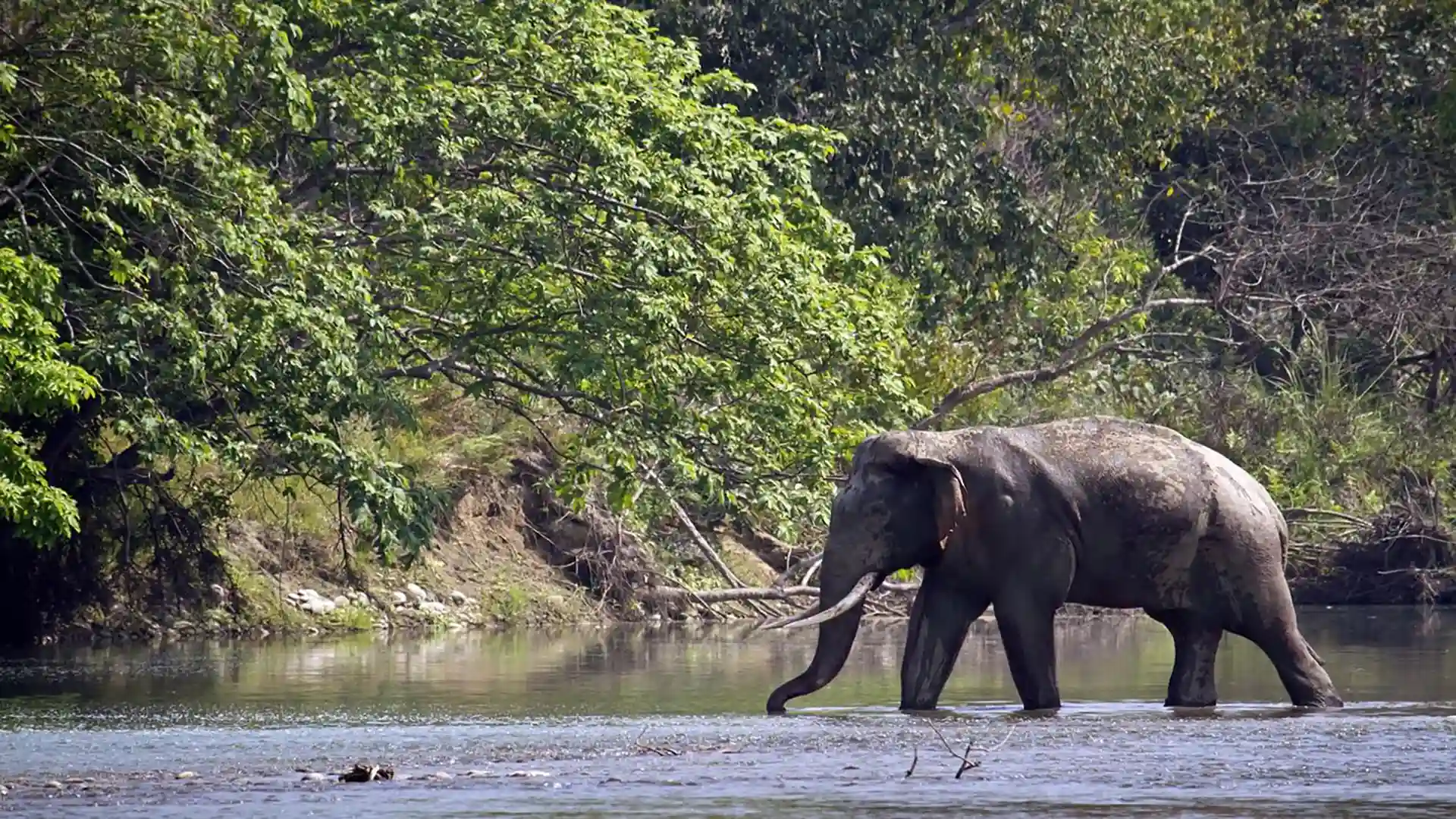As outdoor enthusiasts, we have a responsibility to protect the natural environments we love to explore. Eco-trekking is a way to enjoy the great outdoors while minimizing our environmental impact. By following sustainable practices, we can preserve these pristine landscapes for future generations. In this blog, we will explore the principles of eco-trekking and provide practical tips to help you minimize your environmental footprint while hiking.
The Principles of Eco-Trekking
Eco-trekking is guided by several key principles aimed at reducing environmental damage and promoting sustainability. These principles include:
- Leave No Trace: This principle emphasizes the importance of leaving natural areas as you found them, or better. It involves practices such as packing out all trash, minimizing campfire impact, and respecting wildlife.
- Sustainable Travel: Choosing eco-friendly transportation options, supporting local communities, and opting for sustainable accommodations are crucial aspects of eco-trekking.
- Respect for Wildlife and Nature: Observing wildlife from a distance, avoiding disturbing natural habitats, and following trail guidelines are essential to preserving the natural ecosystem.
- Minimal Impact Camping: Using designated campsites, practicing responsible waste disposal, and minimizing the use of single-use plastics are important practices for reducing our camping footprint.
Practical Tips for Eco-Trekking
-
Plan Ahead and Prepare
Proper planning is the foundation of eco-trekking. Research your destination to understand its unique environmental challenges and regulations. Here are some tips:
– Choose Eco-Friendly Destinations: Select trekking routes that promote sustainability and have established eco-friendly practices. Some great options include the Everest Base Camp Helicopter Tour, Annapurna Circuit Trek, and Mardi Himal Trek.
– Check Regulations: Be aware of any permits required, camping regulations, and fire restrictions.
– Pack Wisely: Bring reusable items, such as water bottles, utensils, and food containers, to reduce waste.
-
Travel Responsibly
How you travel to and from your trekking destination can significantly impact the environment. Consider these eco-friendly travel options:
– Public Transportation: Use buses, trains, or carpool to reduce your carbon footprint.
– Eco-Friendly Vehicles: If driving, opt for hybrid or electric vehicles when possible.
– Offset Carbon Emissions: Consider purchasing carbon offsets to compensate for the emissions from your travel.

-
Respect Wildlife and Natural Habitats
Interacting with wildlife can be one of the highlights of a trek, but it’s important to do so responsibly:
– Keep Your Distance: Observe animals from a distance to avoid disturbing them.
– Do Not Feed Wildlife: Feeding animals can disrupt their natural behaviors and diets.
– Stay on Trails: Stick to marked trails to avoid damaging fragile ecosystems.
-
Leave No Trace
Following the Leave No Trace principles is crucial for eco-trekking. These guidelines help minimize your impact on the environment:
– Pack It In, Pack It Out: Carry out all trash, including biodegradable items like food scraps.
– Proper Waste Disposal: Use established toilets or dig a cat hole for human waste, at least 200 feet from water sources.
– Minimize Campfire Impact: Use a camp stove instead of building a fire, or use established fire rings if fires are allowed.
-
Sustainable Camping Practices
Camping is a significant part of trekking, and adopting sustainable practices can make a big difference:
– Use Established Campsites: Camp in designated areas to reduce the impact on natural habitats.
– Eco-Friendly Gear: Choose camping gear made from sustainable materials and avoid single-use products.
– Water Conservation: Use biodegradable soap and wash dishes away from water sources.

-
Support Local Communities
Supporting local communities not only enhances your trekking experience but also contributes to the sustainability of the region:
– Buy Local: Purchase food and supplies from local businesses to support the local economy.
– Hire Local Guides: Employing local guides helps create jobs and provides valuable income for the community.
– Respect Local Cultures: Learn about and respect the customs and traditions of the local people.
-
Educate Yourself and Others
Staying informed about environmental issues and sustainable practices is essential for eco-trekking. Share your knowledge with others to promote eco-friendly practices:
– Stay Informed: Keep up to date with the latest environmental news and trekking regulations.
– Share Your Knowledge: Encourage fellow trekkers to adopt eco-friendly practices.
– Join Conservation Efforts: Participate in local conservation projects or support organizations dedicated to protecting natural areas.
Benefits of Eco-Trekking
Eco-trekking not only benefits the environment but also enhances your trekking experience in several ways:
– Deeper Connection to Nature: By practicing eco-friendly trekking, you develop a deeper appreciation for the natural world.
– Enhanced Wildlife Encounters: Responsible trekking increases the chances of observing wildlife in their natural habitats.
– Support for Local Economies: Eco-trekking supports local communities, contributing to their economic stability and cultural preservation.
– Personal Fulfillment: Knowing that you are contributing to the preservation of natural areas adds a sense of fulfillment and purpose to your trekking adventures.
Common Misconceptions about Eco-Trekking
Despite the growing awareness of environmental issues, there are still some misconceptions about eco-trekking that need to be addressed:
– Eco-Trekking is Difficult: Many believe that practicing eco-friendly trekking is challenging, but it’s about making small, mindful choices that collectively make a big difference.
– It’s Expensive: While some eco-friendly gear can be pricey, many sustainable practices, like using public transport or minimizing waste, can save money.
– It’s Only for Hardcore Environmentalists: Eco-trekking is for everyone who enjoys the outdoors and wants to preserve it for future generations.
Conclusion
Eco-trekking is more than just a trend; it’s a commitment to preserving the natural beauty and biodiversity of our planet. By following sustainable practices, we can enjoy the wonders of trekking while minimizing our environmental impact. Remember, every small action counts, from packing reusable items to supporting local communities.
By incorporating eco-friendly practices into your trekking adventures, you are not only protecting the environment but also enhancing your connection to nature. So, the next time you plan a trek, consider the principles of eco-trekking and take steps to minimize your environmental footprint.
For more detailed information and personalized trekking plans, visit Adventure Master Trek. Happy eco-trekking!

